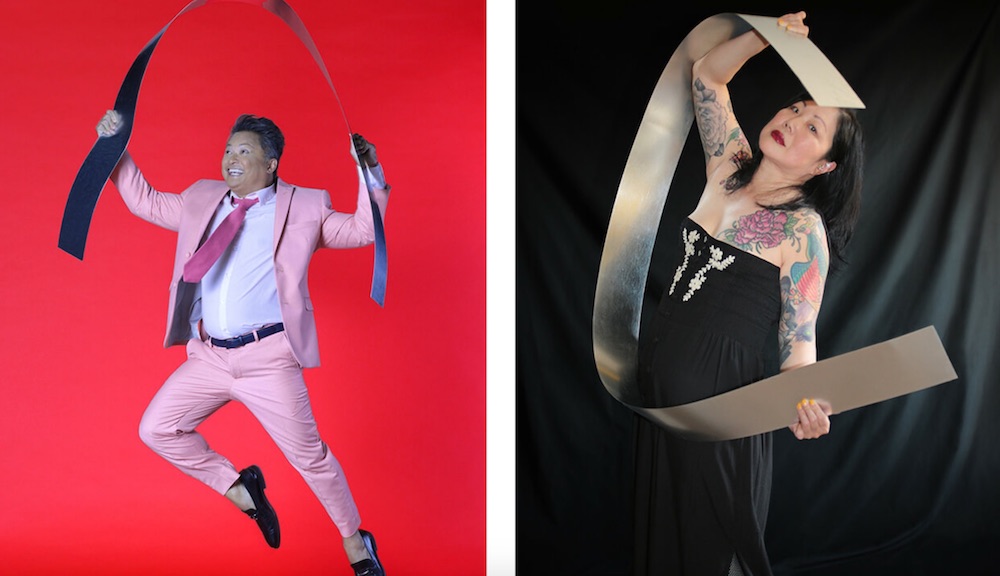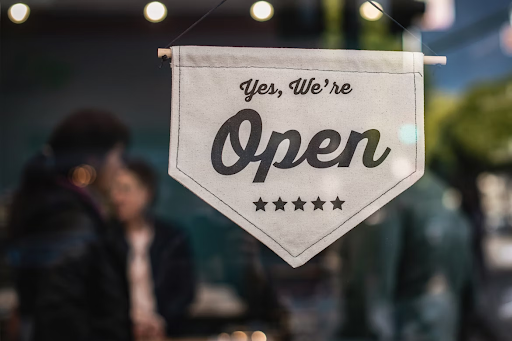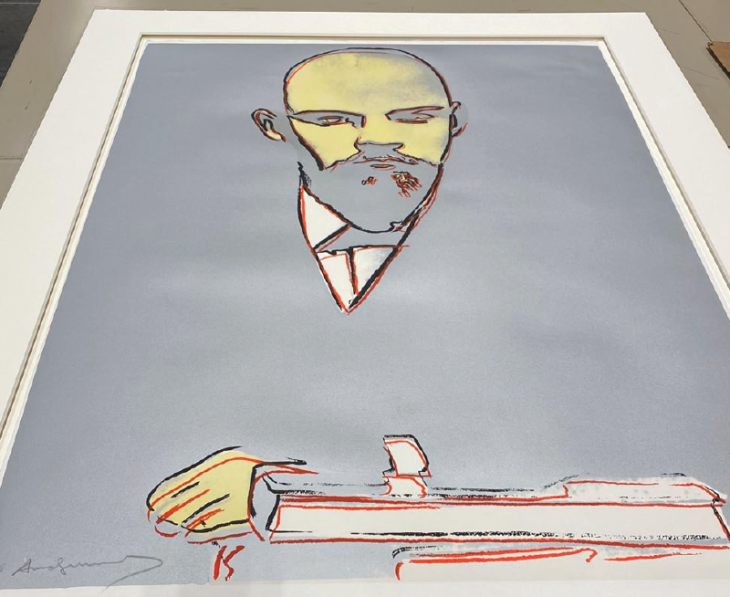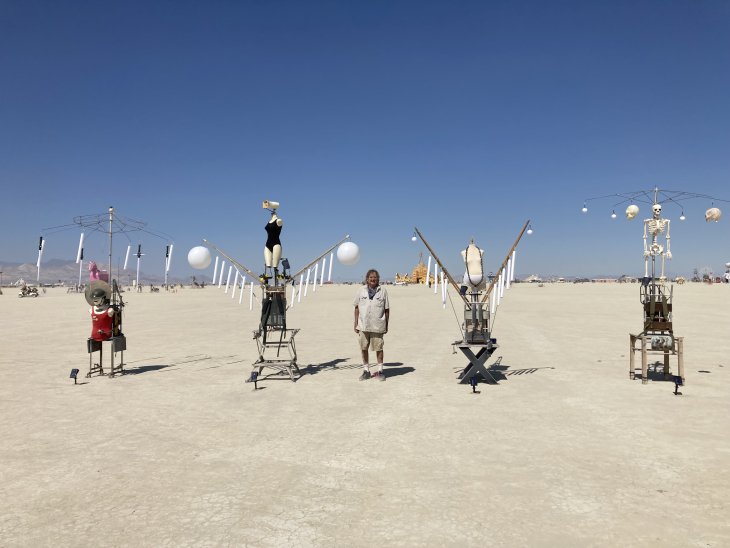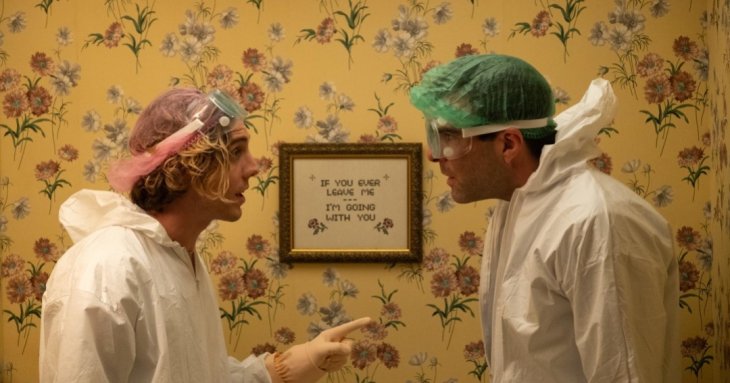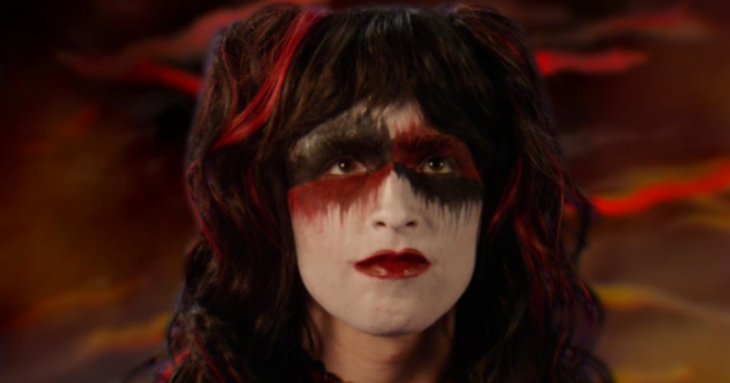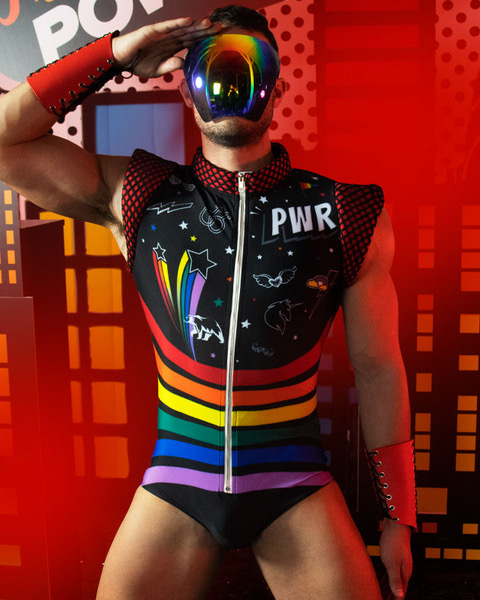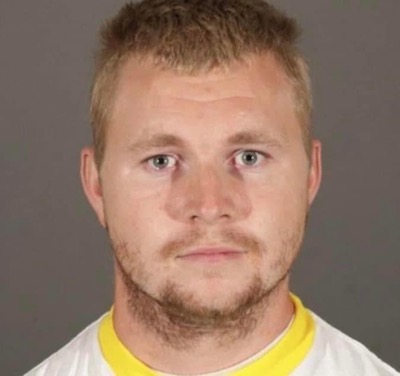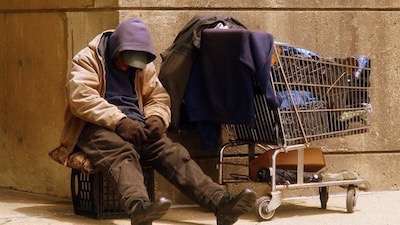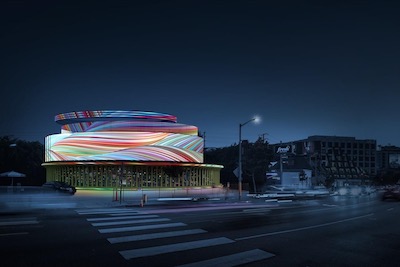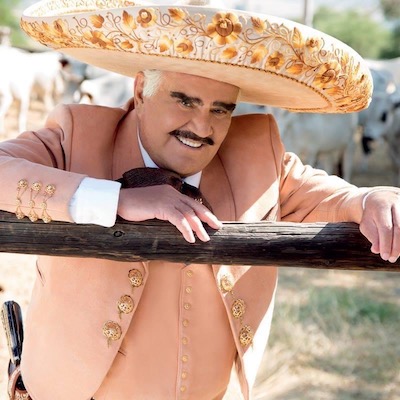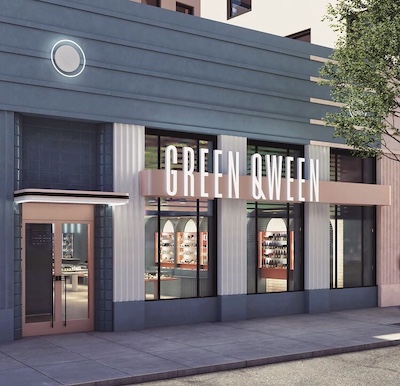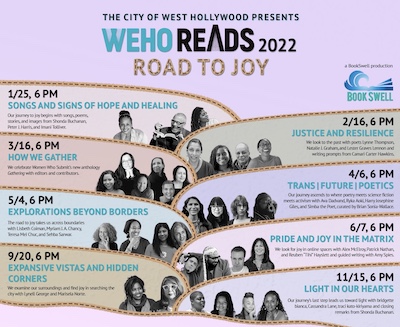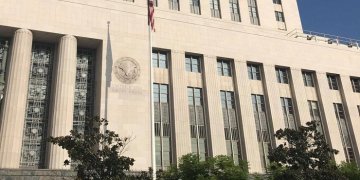They say a picture is worth a thousand words. Picture this: A group of LGBTQ individuals who bravely and without hesitation overcame unimaginable obstacles that threatened to hold them back, block their path, and completely destroy their lives. These powerful individuals have bared their souls, all of them formidable; bending and molding a seemingly unmovable ribbon of steel to exemplify their individual struggles and hardships and ultimate triumphs.
And now, their strength has been captured in Jan Dee Gordon’s book, “LGBTQ of Steel”
Their stories relate no easy struggle to live in accordance with their gender identity and sexual orientation—essential elements of personal liberty, dignity, and autonomy. In their own words, they describe transforming a seemingly unyielding reality (represented by the ribbons of steel in the photos) into lives of service, art, friendship, and humor.
Some of the celebrities featured include: Alec Mapa, Margaret Cho, Frank De Caro, John Duran and 93 year-old Bob Clement who was at Stonewall- at the first Pride Parade, and who opened his church to all the LGBT people there…as a first.
“Just as these courageous LGBTQ people bend and shape steel in these photos, they tell in their own words of bending the realities of their lives to become the individuals they were meant to be,” comments Gordon.
Where there was hate and rejection, they chose love. Where there was fear, they chose courage. When they faced falsehoods, they chose truth. When threatened, they chose a quiet resistance. And when isolated, they built community.

The Pride LA spoke with Gordon about her experience creating this book. Check it out:
Can you tell me a little bit about yourself?
I am married to Lawrence Gordon. We have 2 very grown children and 2 grandchildren all of whom we adore. I grew up in LA and graduated from UCLA.
As a family we lived in the Los Angeles area and in Paris. We spent 2 years living in Paris with our kids and then kept our apartment there and went back and forth for over 20 years. Needless to say Paris is a big part of our lives.
Can you tell me a bit about your artistic background?
Photography began for me, after studying art in Paris where I took my first class in French. I fell in love with the lens right away- instant gratification. The camera has been in my hands since . . So I began my photo education in Paris in French , continued in New York at the International Center for Photography and Los Angeles at UCLA.
My first love was fashion photography which I did for several years resulting in images in Vogue and Bazaar and many other magazines. I was also lucky enough to photograph at a Paris fashion show.
At the same time I did 100’s of family series and collages all telling an artistic story of the family. The series are 8 photos in different positions framed in a line altogether to equal a piece of 5 feet across.
At the same time as working as a commercial photographer I was doing my own artwork. Thus began the theme that has come full circle now. At the beginning I painted a woman’s body and juxtaposed her against wood and steel. These were shown at LA County Art Museum.
I used mannequins with the painted woman also, made collages and photographed the collage. I then carried a mannequin head around Paris and photographed that with people and instead of people. These have led to more recent projects combining living elements such as flowers and branches with steel- the steel always representing reality and life- tough but bendable.
My work with people and steel comes from my soul. It has always been a struggle to
maintain and know ‘who I am.’ I , for years, was totally concerned with pleasing others and not making anyone angry. As I matured and saw my own photography I realized my struggle to just be myself..
I was always covering up the woman or using a fake woman. Following , I used living examples but not real people. Obviously I was getting closer to developing my own strength to express who I am. A mentor finally said to me- “Why don’t you get to your reality and use a woman.” My artwork pieces now involve nude women with steel.

What was your inspiration for the book?
I was inspired to do a second book expressing the same theme as my first book WOMEN OF STEEL. In the book, Women of Steel, we can understand how these 20 successful women used their inner strength to overcome the obstacles and hardships in each of their lives and to then lead a life of their choice. They are real examples of the theme of my work. Each reacted to the piece of steel in the photograph as she reacted to dealing with her particular difficulties.
The subject of LGBTQ was born from the fact that my brother, Ben Lewis, died of complications of AIDS at 48 years old He was President of a bank and had a PHD but had no idea how one got HIV. He led a double life until he became ill when he had to open up to all of us. He left a 14 year old daughter who is now in this book as is her partner. The people in this book have all succeeded in overcoming obstacles and using their inner strength to change and lead a life of their choice.
How did you select who to photograph?
We looked for people in all aspects of the LGBTQ community who had used their own strength to overcome poignant difficulties and lead a life true to their chosen identity. My son, Senor Amor, knew several people in this world, and they led to more people. We searched for the right kind of story from each.
Examples: Jason Collins is an NBA star- He waited until he was 33 years old to come out when he could no longer live a lie. His family said- great, but don’t tell anyone. Robert Clement is 93 years old and opened his church to all the gays in the first Pride parade after Stonewall- He came from a Catholic background, not friendly to being gay. Calpernia is a transgender woman who was on the front lines of the first Gulf War as a medic and a man. She had a lover on an army base after becoming a woman. Her love was murdered on the base because he had a transgender girlfriend.
Why the steel?
Steel is hard and touch but it is bendable. In my photographic images steel represents reality, life, and society. The subjects can react to the ribbon of steel as they have reacted to their lives- cover themselves with it, jump with joy with it, walk on it, etc. It also has a great graphic element to the images.
What is the importance of LGBTQ and visibility?
All the subjects in this book were interviewed and recorded by me. Their words are what you read. This is meant to inspire young people who are questioning their identity; to lead to understanding on the part of the general population and the families of LGBTQ people.
It describes the joy in being yourself against life’s odds and prejudices and this is important to all humanity In fact the name over the ‘OF STEEL’ series of books in Humanity of Steel.
What does Pride mean to you?
Be proud of who you are. Don’t let anyone or anything take that away from you. It is your basic right in life.
“LGBTQ of Steel” drops this Summer and will be available for purchase at: WWW.HUMANITYOFSTEEL.COM

